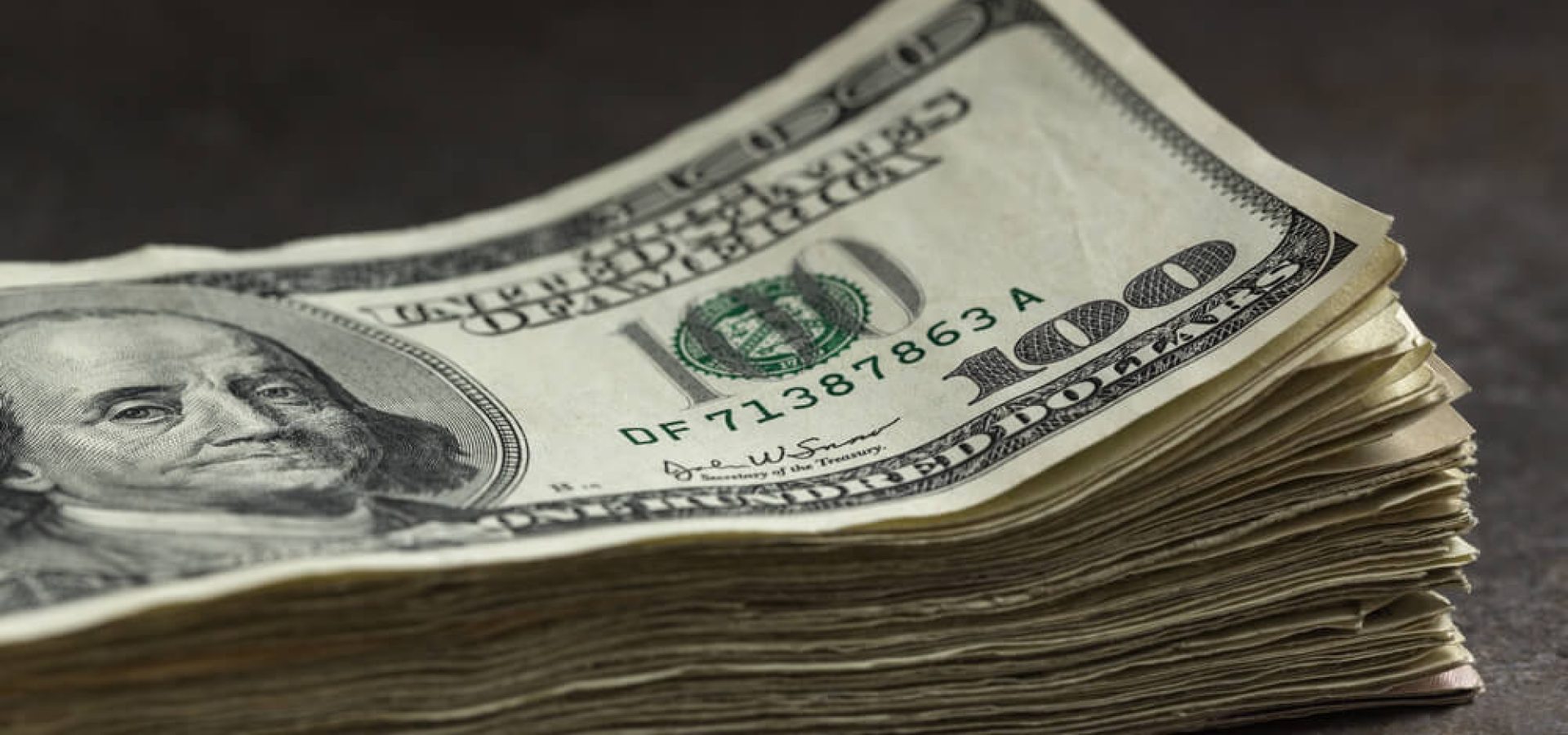Sterling crept higher on a slight third-quarter growth contraction. Meanwhile, the U.S. dollar dropped in early European trade on Friday, continuing a selloff from the previous session.
The Dollar Index measures the dollar’s value against a basket of six other currencies. It was down 0.5% at 107.50 at 02:50 ET (07:50 GMT). The index reached its lowest point since mid-September after losing more than 2% the previous day. The U.S. CPI inflation rate increased by 7.7% in October. According to statistics released on Thursday, this was the slowest rate in nine months. The report also suggested that the Fed’s string of significant interest rate increases this year was finally having the expected impact.
How Are the Policies Shaping the Market?
This increased speculation that the Fed’s officials would opt to scale back the aggressive monetary tightening program faster than expected, possibly raising interest rates by only 50 basis points in December rather than another 75 bps. According to analysts at ING, the CPI data may establish the tone for the Fed’s comfort level. The CPI data will not be the last word on that decision.
In other news, GBP/USD increased 0.3% to 1.1747 as statistics revealed that the British economy contracted by 0.2% in the three months to September, less drastically than the 0.5% decline anticipated. However, this was the first decline in six quarters and is anticipated to be the beginning of a protracted downturn. The Bank of England warned last week that Britain’s economy would enter a two-year recession if interest rates kept rising to fight inflation.
The risk-sensitive AUD/USD increased by 0.5% to 0.6653. Meanwhile, the EUR/USD increased 0.3% to 1.0242, reaching its highest level since August and continuing an overnight gain of 2%. Gaining headway after the dollar’s worst day against the Japanese yen since 2016 on Thursday, when it fell 3.7%, the USD/JPY increased 0.2% to 141.25.









COMMENTS